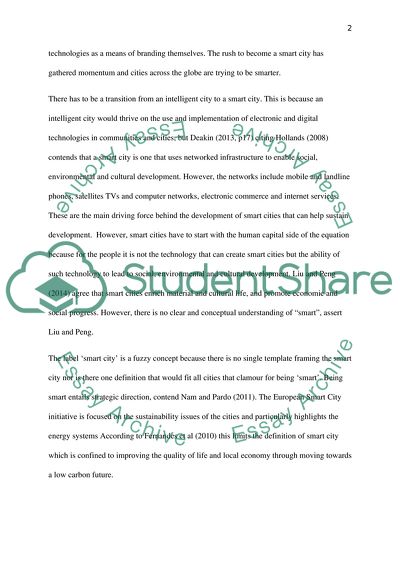Cite this document
(Smart Cities in China: How can China Learn a Lesson from the United Assignment, n.d.)
Smart Cities in China: How can China Learn a Lesson from the United Assignment. https://studentshare.org/environmental-studies/1848189-a-critical-review-of-smart-cities-in-china-how-can-china-learn-a-lesson-from-uk-practice
Smart Cities in China: How can China Learn a Lesson from the United Assignment. https://studentshare.org/environmental-studies/1848189-a-critical-review-of-smart-cities-in-china-how-can-china-learn-a-lesson-from-uk-practice
(Smart Cities in China: How Can China Learn a Lesson from the United Assignment)
Smart Cities in China: How Can China Learn a Lesson from the United Assignment. https://studentshare.org/environmental-studies/1848189-a-critical-review-of-smart-cities-in-china-how-can-china-learn-a-lesson-from-uk-practice.
Smart Cities in China: How Can China Learn a Lesson from the United Assignment. https://studentshare.org/environmental-studies/1848189-a-critical-review-of-smart-cities-in-china-how-can-china-learn-a-lesson-from-uk-practice.
“Smart Cities in China: How Can China Learn a Lesson from the United Assignment”. https://studentshare.org/environmental-studies/1848189-a-critical-review-of-smart-cities-in-china-how-can-china-learn-a-lesson-from-uk-practice.


